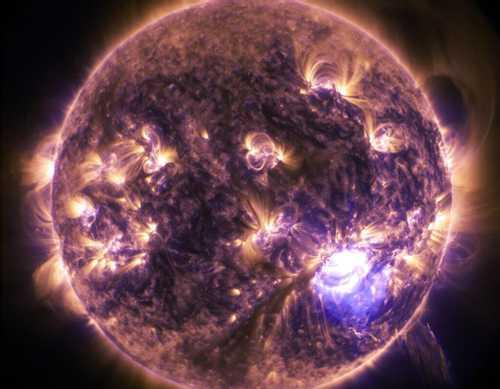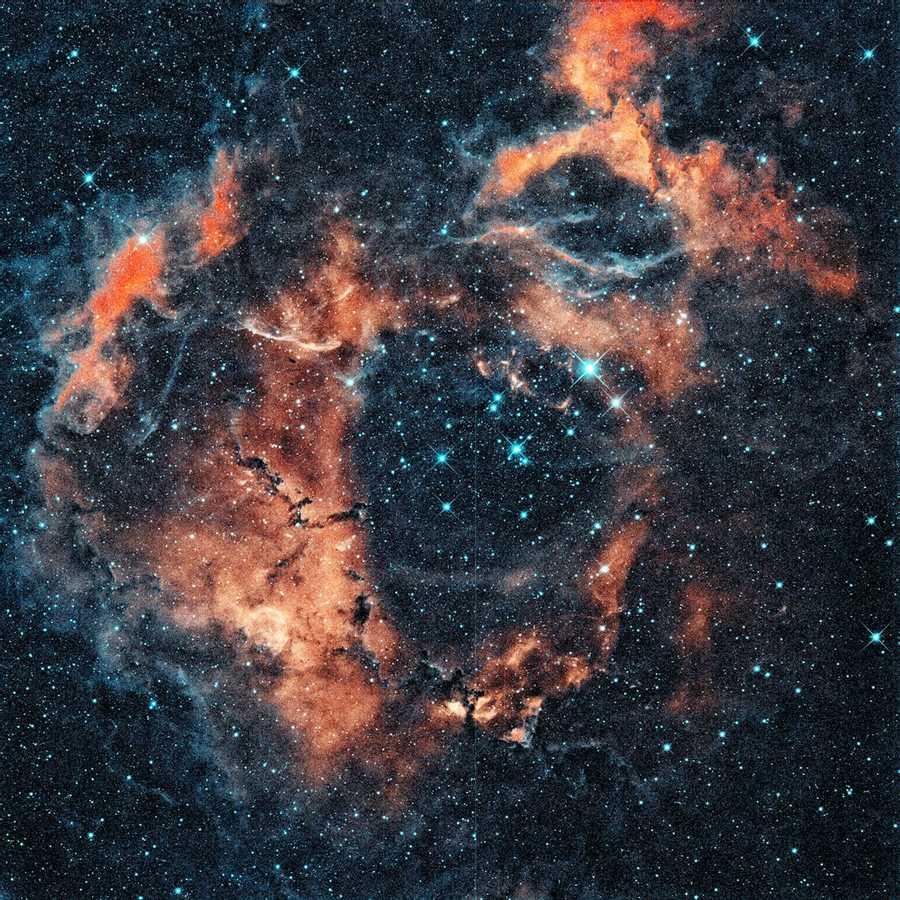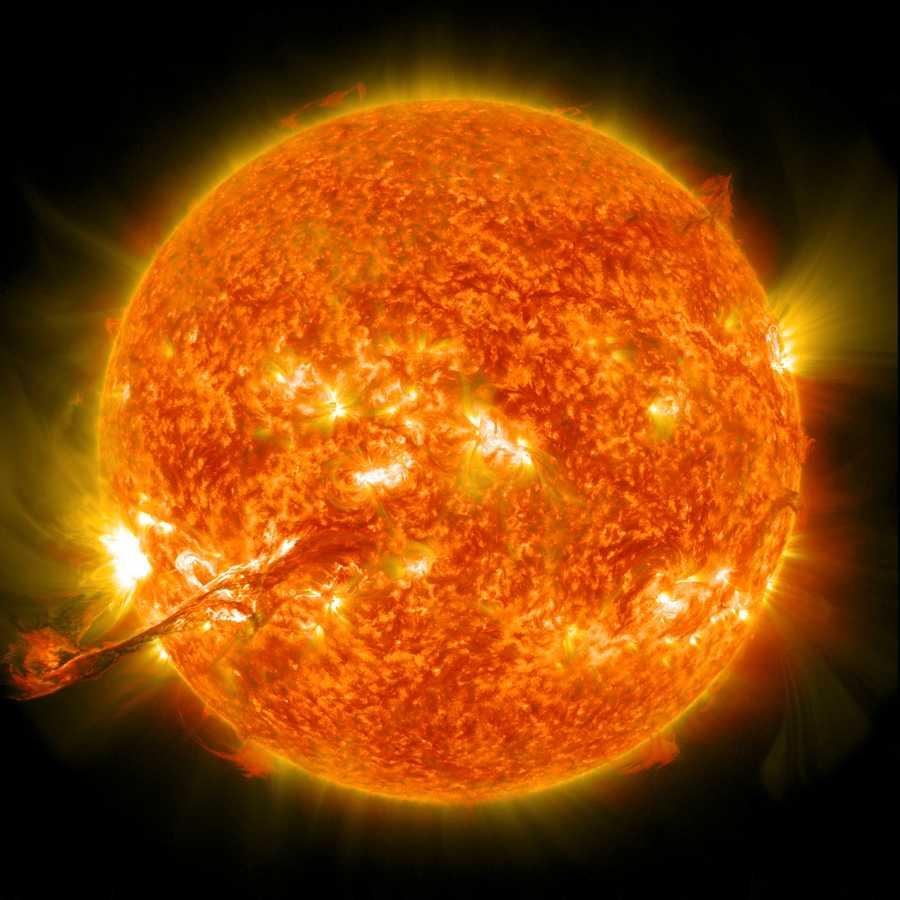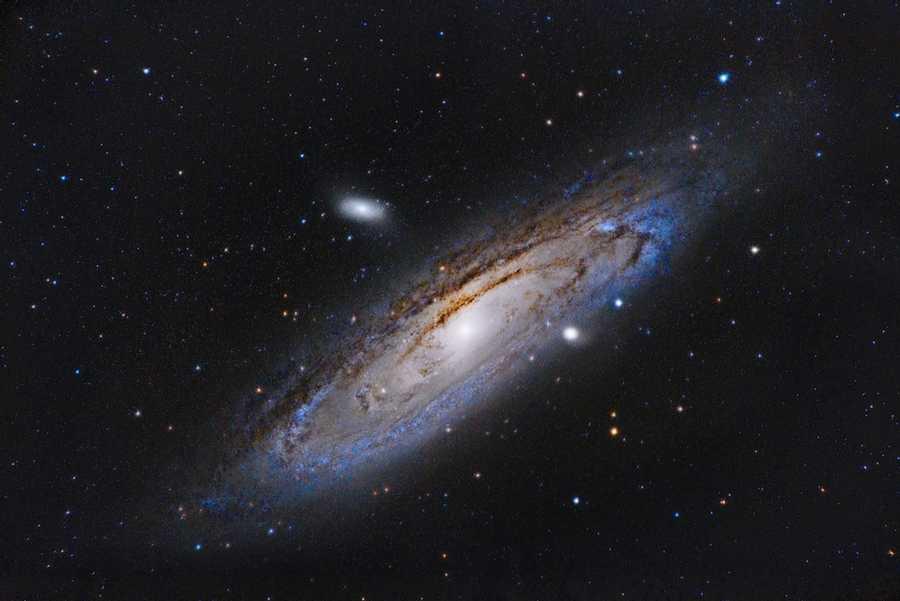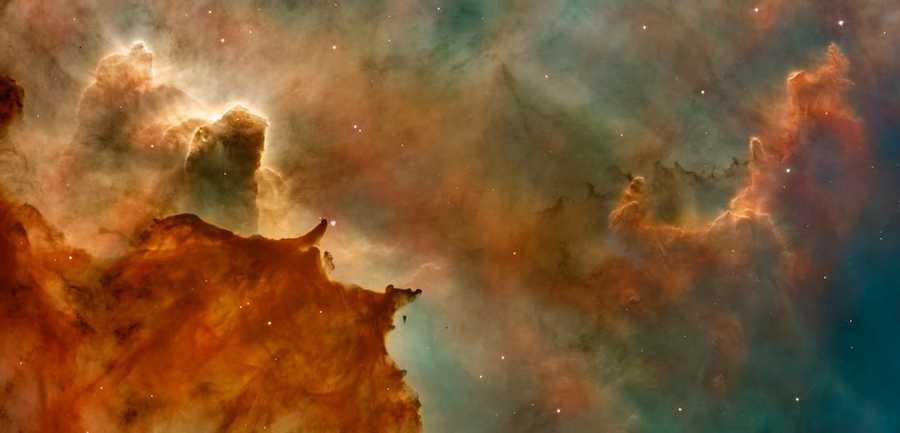Explore the World's Best Ideas
Join today and uncover 100+ curated journeys from 50+ topics. Unlock access to our mobile app with extensive features.
The Big Bang
Consider something unbelievably tiny, unbelievably dense, and incredibly hot. Then, suddenly, space, time, and all molecular matter burst in ways that no words can express. What is known is that the Universe expanded at an unfathomable rate in a fraction of a second. Some recognised subatomic particles and fundamental forces emerged as a result of this expansion. The Universe then began to cool drastically, to around 1 billion degrees Celsius, allowing energy and ultimately matter (plasma of nuclei, electron and photons) to emerge.
27
236 reads
Cosmic Microwave Background (CMB)
3,80,000 years after The Big Bang
As the universe expanded, plasma grew cooler and cooler. The universe cooled down further to 3000 K, making it possible for the nuclei in the plasma to gain electrons and become full-fledged neutral Hydrogen and Helium atoms.
Photons of light tangled in the plasma could now move freely and were released. The universe became transparent for the first time. This is known as cosmic microwave background that we can see even today.
25
170 reads
Cosmic Dark Age
The entire universe was made up of Hydrogen and helium gas clouds with no stars and planets.
After the release of CMB, nothing in the Universe radiated light until around 200 million years after the Big Bang when the first stars began to form.
24
148 reads
First Stars
About 200 million years after The Big Bang
Due to gravity, hydrogen and helium clouds began to clump together. Tiny imperfections. Little knots, wrinkles, and flaws began attracting nearby particles of matter. The clumps grew, became more massive, and attracted more particles. Hence, it made them denser, and as a result, gravity became more intense. As the clouds compress more and more, they became hotter, until the center became so hot that nuclear fusion began. This released a tremendous amount of energy, which caused the earliest stars to light up.
24
131 reads
First Stars Stabilises
The gravity that was trying to squash the star together was pushed back by the fusion at the center which created a balance. Within a few hundred million years after the Big Bang, the first generation of stars, known as Population III stars, were formed. After CMB, these stars were the first source of visible light in the universe.
24
130 reads
The First Galaxies, clusters and superclusters
About 1 Billion years after The Big Bang
Stars formation happened almost everywhere in universe. Thus we have billions and billions of stars. Galaxies were formed out of these swirling clouds of stars and gas in space. Gravity sends these objects careening into one another as other clouds approached, knitting them into larger spinning packs. Material can be slung toward a galaxy's outskirts following collisions, forming large spiral arms filled with star colonies. Since, these were large scale structure it took a long time in an almost homogeneous gas clouds.
24
105 reads
IDEAS CURATED BY
CURATOR'S NOTE
Threshold II: Formation of the First Stars
“
Big History 's ideas are part of this journey:
Learn more about scienceandnature with this collection
How to choose the right music for different tasks
The benefits of listening to music while working
How music affects productivity
Related collections
Similar ideas
Read & Learn
20x Faster
without
deepstash
with
deepstash
with
deepstash
Personalized microlearning
—
100+ Learning Journeys
—
Access to 200,000+ ideas
—
Access to the mobile app
—
Unlimited idea saving
—
—
Unlimited history
—
—
Unlimited listening to ideas
—
—
Downloading & offline access
—
—
Supercharge your mind with one idea per day
Enter your email and spend 1 minute every day to learn something new.
I agree to receive email updates
